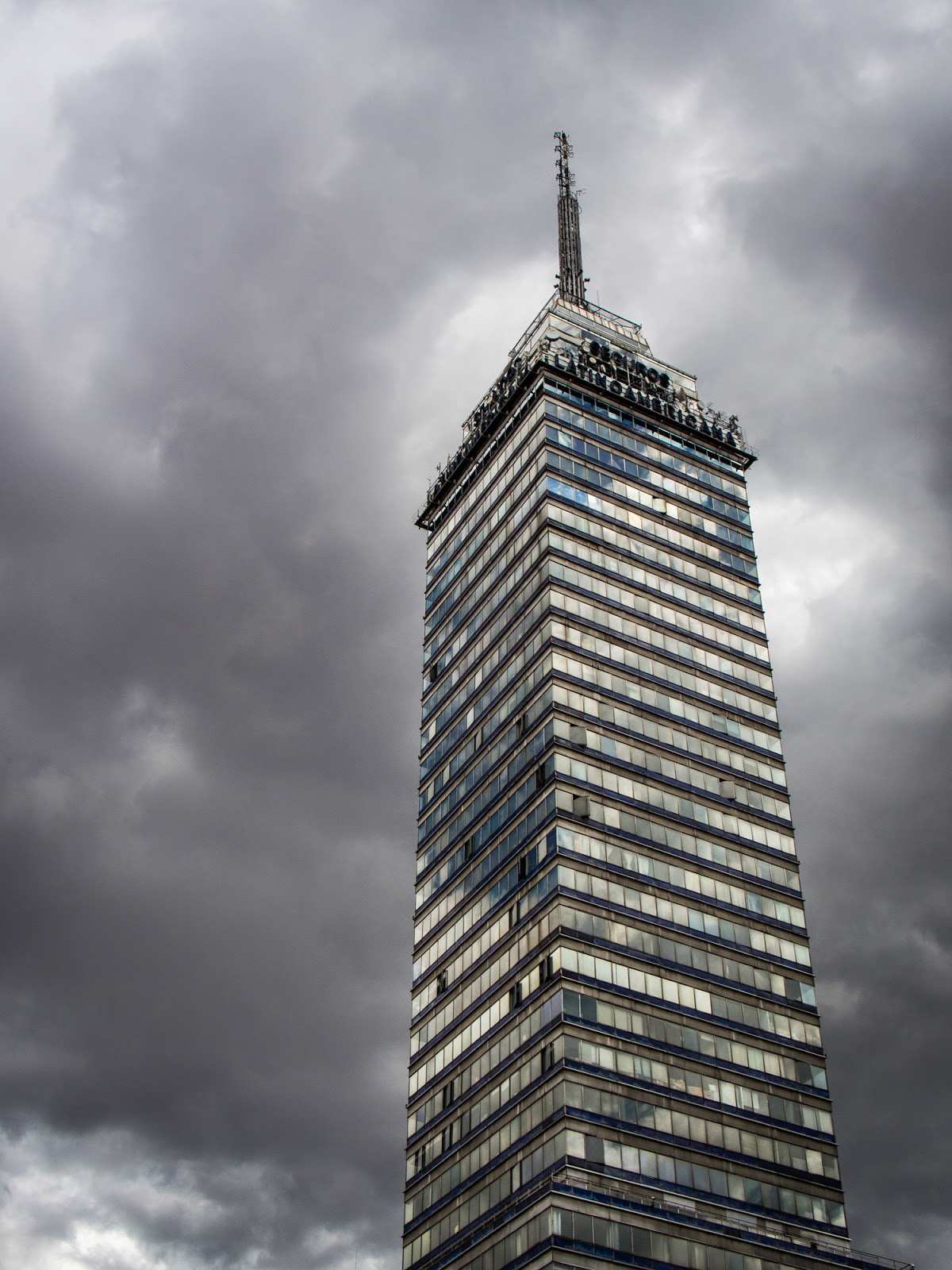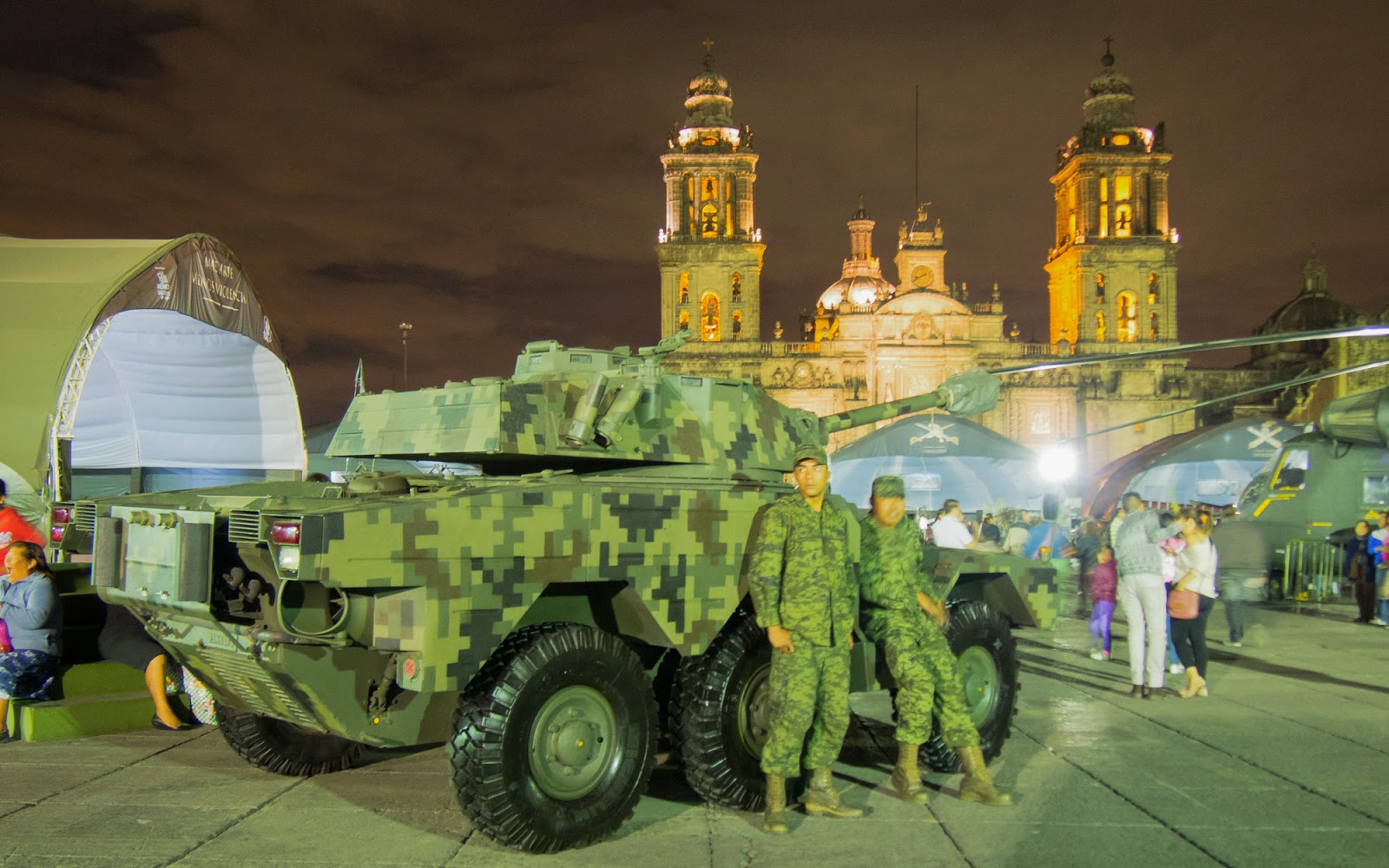Our
taxi driver asked if we minded if he made a quick stop to take care
of something and we obliged him. Then he turned into a hotel parking
lot on the edge of a cliff and everyone in the taxi, my cousin, two
Polish girls, and myself, joined in a harmonized “woooooow!” as
our vision was filled fully with a lush valley of tobacco fields
backgrounded by green covered limestone cliffs: the very same
postcard vantage that made me so determined to come to Viñales
months ago.
Earlier
in Havana, we were dismayed to find the bus we needed well past full,
but we were sure there would be some other disappointed Viñales
bound travelers besides ourselves and we resolved to stay planted and
find new friends to split a taxi with. The plan worked and we beat
the bus by a good couple of hours.
Viñales
is a verdant rural town famous for its tobacco production and
dramatic limestone cliff formations. Walking about the main village,
teeming with dogs, chickens, pigs, boys with baseball gloves, and
classic American cars, it felt like we were walking around a tropical
alternate reality version of 1950s middle-of-nowhere America. The
street cuisine does little to dispel that feeling. Pizza, spaghetti,
and sandwiches seem to take a significant share of a Cuban’s diet
and are available in restaurants at nearly U.S. Prices or in local
stalls for around forty cents and paid for in a different currency
entirely (It's 24 CUPs to 1 CUC, with the CUC's value being fixed to
the USD – but don't bring USD to Cuba because you'll incur a 10%
additional tax penalty in the conversion). So most meals consist of
white starch, a heap of cheese, and a smear of vaguely tomato-esque
paste. Cheap college food.
We
stayed in our first Casa Particular, a rentable room in a Cuban's
home; an interesting recent exercise in free enterprise and the most
affordable way to sleep in Cuba. We based our pick of casa on how
well its outdoor space accommodated dusk time cigar smoking and
settled on a casa close to the farms with a table on its roof.
In
the morning our hosts introduced us to Diosnel, who would take us
around the valley. Our day started at a cigar factory where we were
walked through the process of making cigars, though the tour's being
done entirely en Español limited our comprehension. Sweaty
shirtless men packed the leaves tightly in bundles using a giant
metal press. The leaves are then fermented in a powerfully acrid
aging room. In a warehouse room full of dozens of middle aged women,
the leaves are stripped of their steams and then separated into
wrapping and fillers.
We
stopped next for coffee at Diosnel's home and he sold us maybe a
dozen really crappy cigars for way too much – probably dollars to a
few cents (a wildly typical scam here – in the cities you learn to
drown out the sound of “Cigar!?” as you get around).
Diosnel
drove us deeper into the valley until the roads made the car no
longer practical, and we loaded into a horse cart led by the noble
Reggaeton. We discovered the right way to motivate a horse was with
a nasally, “cabaaaaaaaallo!”
We plowed through muddy trails past thatched tobacco huts and cigar
smoking farmers in ox carts and we learned more intimately the
nuances of those dome capped cylindrical lumps of limestone covered
in bushes, palms, vines, and moss.
Eventually
we landed at a tobacco farm where a handful of farmers greeted us
with complementary cigars – their tips dipped in honey – and a
cocktail they called Coco Dios: a coconut split open and filled with
honey, orange, grapefruit, pineapple, and of course, rum. Brian had
been lugging around a bottle of Bushmills he bought at the Mexico
City airport in anticipation of St. Patrick's Day, and we decided it
would be a good moment then for a cultural exchange. The farmers'
eyes widened when they learned the bottle cost about what their
monthly stipend from the government was. Before pouring the whiskey
for each of us, a portion was spilled on the ground. For the saints
they said. But not too much. (This ritual seems to be pretty
closely adhered to elsewhere too – I'd seen several bartenders
since pour a little on the ground even when no one was supposed to be
watching)
One
of the farmers took us for a hike through a series of fields,
occasionally pulling out a sample from the soil for us to try.
Yucca, boniato, and malanga are terrible raw, but I would later learn
each are wonderfully delicious when prepared properly. We saw red
young pineapples poking out of bushes – somehow I had always
thought they were borne of trees.
We
walked past pig pens, plantain trees, termite mounds, and up a hill
crest with lovely views of the valley to the south and then the ocean
when facing north. We liked the farmers and decided to buy enough
cigars there – decent ones this time – to last us the rest of the
trip.
The
next day, despite being discouraged from doing so by several locals,
we struck it out on our own on the trails. Very quickly our boots
were saturated with clay red mud. Early on we saw a silly mural
commissioned by Castro, depicting a scene of the history of evolution
as a child with crayons might. Shortly after, we stumbled upon a
crippled farmer's home where three day old piglets were stumbling
about. The farmer's wife handed us a bottle of goat's milk and let
us feed the newborns. I'm not sure I've ever freaked out so much
from cuteness before, but I freaked out real hard.
Viñales
is an incredibly beautiful place to get lost in, and we did get lost.
In arguments concerning bearing, Brian tended to be correct more
often than not. We chatted up a few farmers, enjoyed the valley from
every angle, drank deep from coconuts, and peeked into a cave carved
into a hillside by a brown river. We were plenty winded just prior
to sunset and managed to flag down a car and hitch a ride back to the
village we found a main road at last.



















































